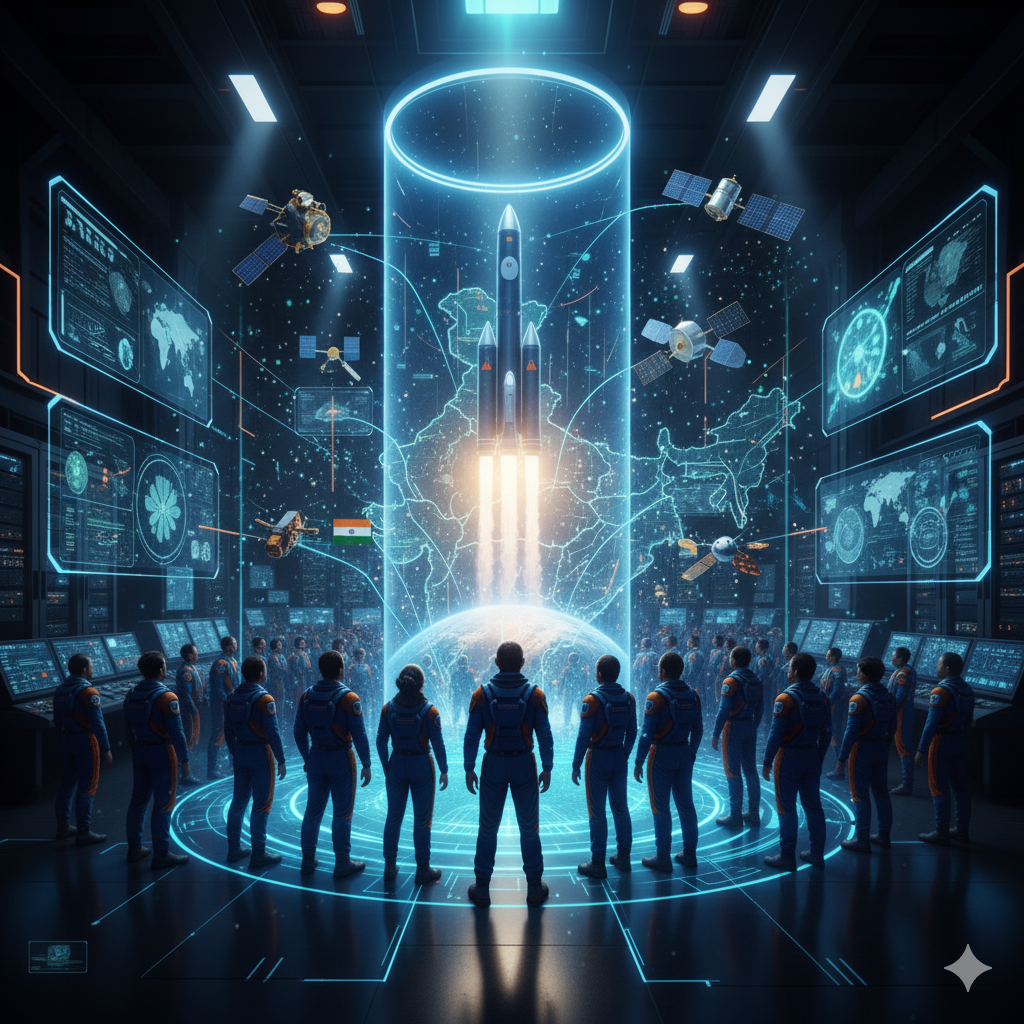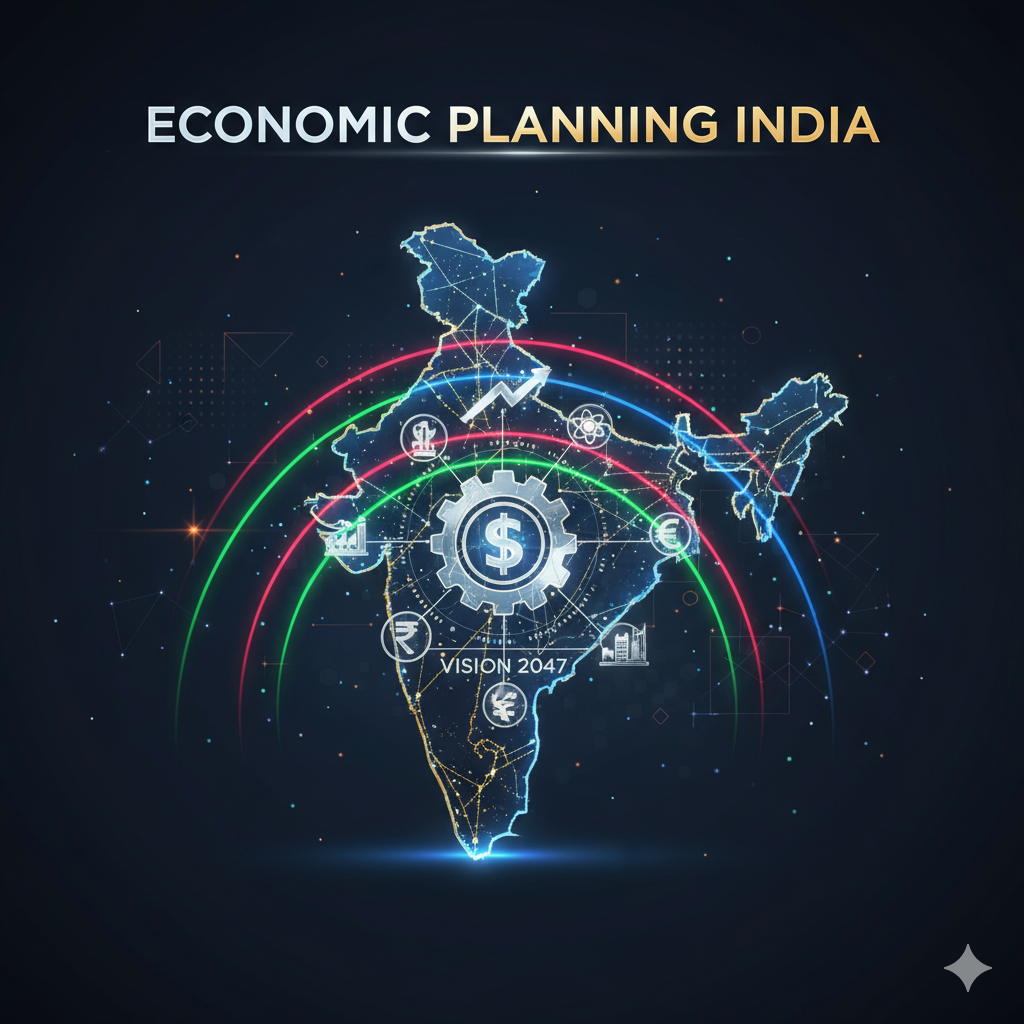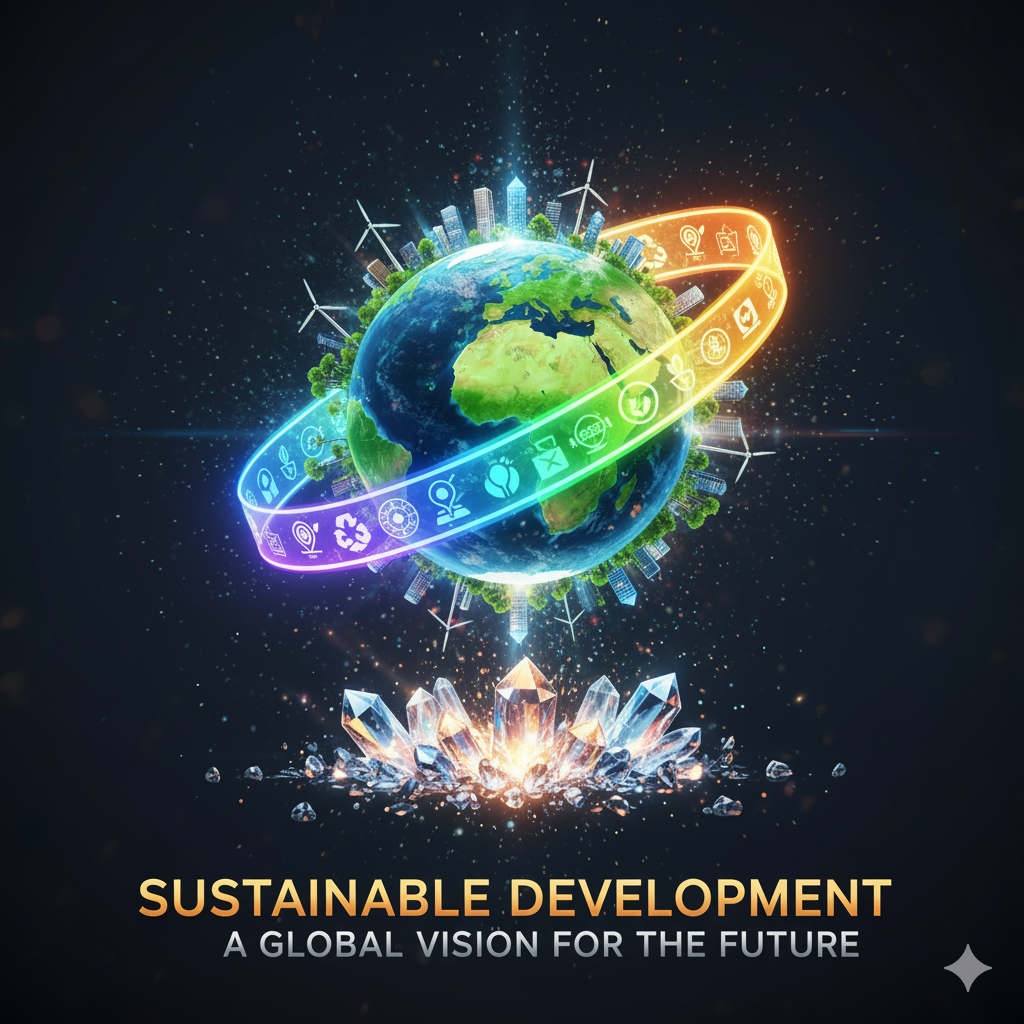Introduction to Precision Agriculture
Precision agriculture is a farming management concept that uses technology to ensure crops and soil receive exactly what they need for optimal health and productivity. This is achieved through the application of data-driven approaches that enhance efficiency, sustainability, and profitability. With the advancements in Artificial Intelligence (AI) and the Internet of Things (IoT), precision agriculture has entered a new era, significantly transforming how agriculture is practiced worldwide.
Understanding the Technologies: AI and IoT
Before delving into the role of AI and IoT in precision agriculture, it is essential to understand the core concepts behind these technologies:
- Artificial Intelligence (AI):
AI in agriculture refers to the application of machine learning, computer vision, natural language processing, and other AI technologies to analyze data, predict outcomes, and make decisions autonomously. AI systems can process vast amounts of data, recognize patterns, and make decisions much faster than humans. In precision agriculture, AI helps in predicting crop yields, detecting diseases, automating processes, and enhancing resource management. - Internet of Things (IoT):
IoT involves the interconnection of devices, sensors, and machines over the internet, enabling the collection and exchange of data. In agriculture, IoT devices such as soil moisture sensors, weather stations, and drones are used to gather real-time data from fields. This data is then used to monitor crop health, manage irrigation, track machinery, and improve the overall efficiency of farming operations.
AI and IoT Integration in Precision Agriculture
The integration of AI and IoT in precision agriculture creates a synergy that enhances productivity, reduces costs, and promotes sustainability. Together, these technologies allow farmers to monitor, control, and optimize every aspect of the farming process.
1. Smart Irrigation Systems:
Water is one of the most critical resources in farming. Traditional irrigation methods often lead to over-watering or under-watering, both of which can harm crops and waste water. AI and IoT technologies are revolutionizing irrigation by enabling smart systems that deliver the right amount of water to crops at the right time.
- IoT in Irrigation: IoT sensors placed in the soil monitor moisture levels in real time. These sensors transmit data to a central system that processes the information.
- AI in Irrigation: AI algorithms analyze the data collected by IoT sensors to predict the optimal amount of water needed for crops based on weather conditions, soil type, and crop type. AI-powered systems can adjust irrigation schedules accordingly, ensuring water efficiency and preventing overuse.
By using AI and IoT for smart irrigation, farmers can conserve water, reduce costs, and improve crop yields, contributing to sustainable agricultural practices.
2. Crop Monitoring and Disease Detection:
One of the significant challenges in farming is identifying and managing crop diseases early on. AI and IoT technologies are increasingly being used to detect diseases and pests before they spread, allowing farmers to take preventive measures quickly.
- IoT in Crop Monitoring: IoT-enabled drones, satellites, and sensors can collect real-time data on crop health. These devices capture images, temperature, humidity, and soil conditions, which can reveal early signs of pest infestations or diseases.
- AI in Disease Detection: AI-powered image recognition tools can analyze the data collected by IoT devices to detect anomalies in crop health, such as discoloration, wilting, or pest damage. By identifying these issues early, farmers can take action before the problem becomes widespread, reducing the need for pesticides and chemical treatments.
Through AI and IoT, farmers can detect and address crop diseases early, improving both the quality and quantity of their produce while reducing environmental harm.
3. Precision Planting and Harvesting:
AI and IoT technologies are also being used to optimize planting and harvesting processes. Precision planting ensures that seeds are planted at the right depth, spacing, and soil conditions, while precision harvesting optimizes the time and method of harvesting to maximize yield and quality.
- IoT in Planting and Harvesting: IoT sensors embedded in the soil can provide data on soil conditions, temperature, and moisture levels, enabling farmers to adjust planting depths and spacing. Additionally, autonomous machinery, such as tractors and harvesters, can be equipped with IoT sensors to gather real-time information on field conditions and crop growth.
- AI in Planting and Harvesting: AI algorithms analyze the data from IoT devices to determine the optimal planting and harvesting patterns. AI can predict the best time for harvesting based on crop growth patterns and environmental conditions, improving both yield and quality. In precision planting, AI systems can adjust machinery settings to ensure accurate planting.
With the integration of AI and IoT, farmers can ensure that planting and harvesting are done more accurately, reducing waste and enhancing overall efficiency.
4. Precision Fertilizer Application:
The use of fertilizers in farming is essential for increasing crop yield, but excessive or improper application can lead to environmental damage and wastage. AI and IoT can help farmers apply fertilizers precisely and only when needed, reducing costs and environmental impact.
- IoT in Fertilizer Application: IoT sensors can monitor soil nutrient levels in real time, providing data on which nutrients are deficient and which are abundant. This information is critical for making informed decisions about fertilizer application.
- AI in Fertilizer Application: AI algorithms analyze soil data and weather conditions to calculate the optimal amount of fertilizer required for specific areas of a field. The system can then guide fertilizer application equipment, ensuring that only the necessary amount of fertilizer is used in the right places.
Through precision fertilizer application, farmers can reduce the environmental impact of agriculture, lower input costs, and enhance crop productivity.
5. Supply Chain Optimization:
AI and IoT are transforming the agricultural supply chain by improving the tracking and management of products from farm to market. From monitoring crop transportation to ensuring product quality, these technologies provide transparency and efficiency at every stage.
- IoT in Supply Chain: IoT sensors can track the location, temperature, and humidity of crops during transportation, ensuring that the produce remains fresh and is delivered on time. Sensors in storage facilities can monitor the storage conditions, reducing spoilage and waste.
- AI in Supply Chain: AI algorithms can predict demand and optimize routes for transporting crops, reducing delays and transportation costs. AI can also analyze market trends and adjust the supply chain to meet fluctuating demand, helping farmers avoid overproduction or underproduction.
With the help of AI and IoT, the agricultural supply chain becomes more efficient, transparent, and responsive, benefiting both farmers and consumers.
Benefits of AI and IoT in Precision Agriculture
The integration of AI and IoT in agriculture brings numerous benefits that enhance the overall sustainability and productivity of farming practices. Some of the key advantages include:
- Increased Efficiency: AI and IoT automate many processes in agriculture, reducing the need for manual labor and allowing farmers to make data-driven decisions. This increases the efficiency of operations, leading to higher productivity and reduced operational costs.
- Resource Optimization: By using real-time data to monitor soil conditions, weather patterns, and crop health, AI and IoT ensure that resources such as water, fertilizers, and pesticides are used optimally. This reduces waste and minimizes the environmental footprint of farming.
- Sustainability: Precision agriculture promotes sustainable farming practices by reducing the overuse of natural resources, such as water and chemicals. By optimizing input usage, AI and IoT help preserve the environment while maintaining high crop yields.
- Higher Yields and Quality: AI and IoT systems enable farmers to monitor crops more effectively, leading to healthier plants, optimized growth, and improved quality. This ultimately results in higher yields and better-quality produce.
- Risk Management: AI’s predictive capabilities allow farmers to anticipate potential risks, such as pest infestations, diseases, or extreme weather conditions, enabling them to take preventive actions early. This reduces the overall risk to crops and ensures a more stable harvest.
Challenges and Considerations
While AI and IoT offer tremendous potential in precision agriculture, there are certain challenges and considerations that need to be addressed:
- High Initial Investment: The implementation of AI and IoT technologies can be costly, especially for small-scale farmers. The initial investment in sensors, drones, and AI systems can be a barrier to adoption for many.
- Data Privacy and Security: The use of IoT devices and data collection raises concerns about data privacy and security. Farmers need to ensure that their data is protected from unauthorized access or misuse.
- Technology Integration: Integrating AI and IoT systems into existing farming practices can be complex, requiring proper training and technical support. Farmers may need assistance in understanding how to use and maintain these technologies effectively.
Conclusion
The role of AI and IoT in precision agriculture is transforming the farming landscape by enabling farmers to optimize resources, increase efficiency, and improve crop yields. Through innovations in smart irrigation, crop monitoring, disease detection, and supply chain management, AI and IoT are contributing to more sustainable and profitable agricultural practices. Despite the challenges, these technologies hold the key to addressing the growing demands of global food production while reducing the environmental impact of farming. As technology continues to evolve, the future of agriculture looks increasingly intelligent and connected.




